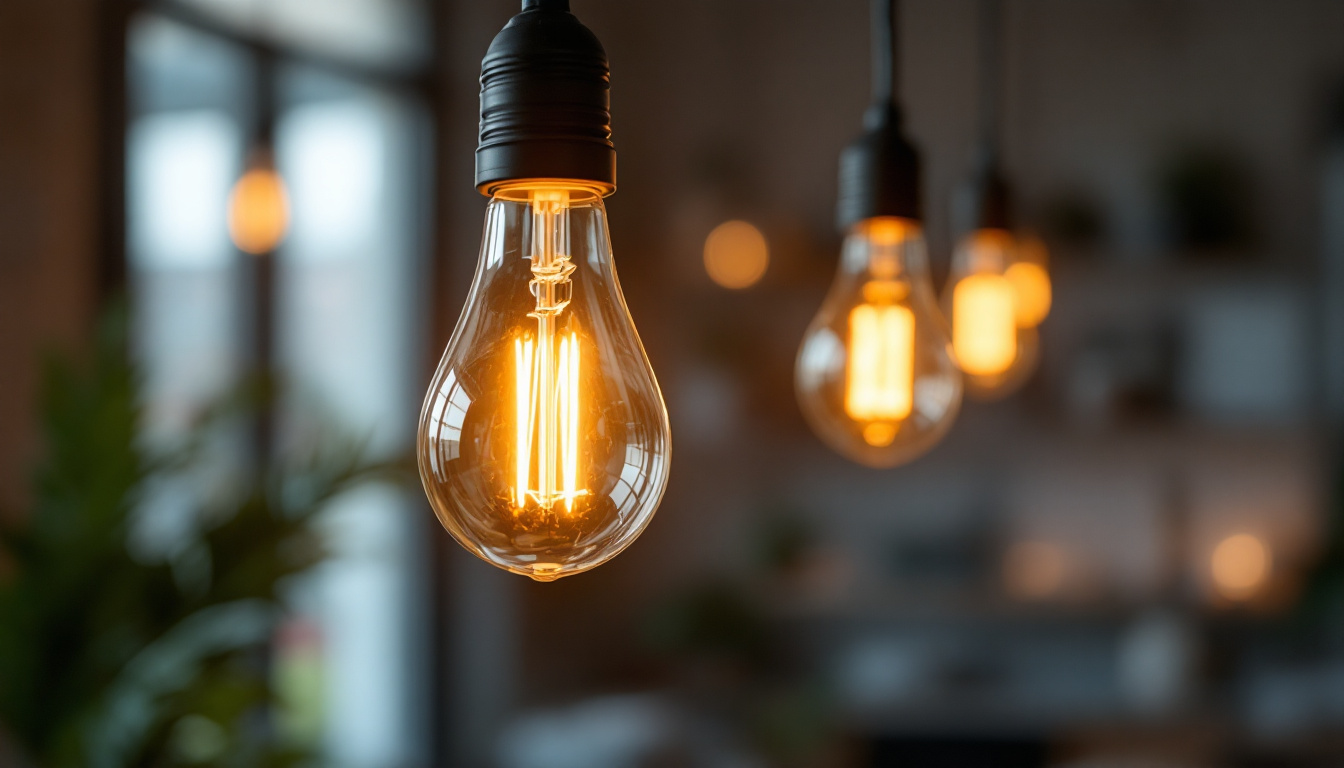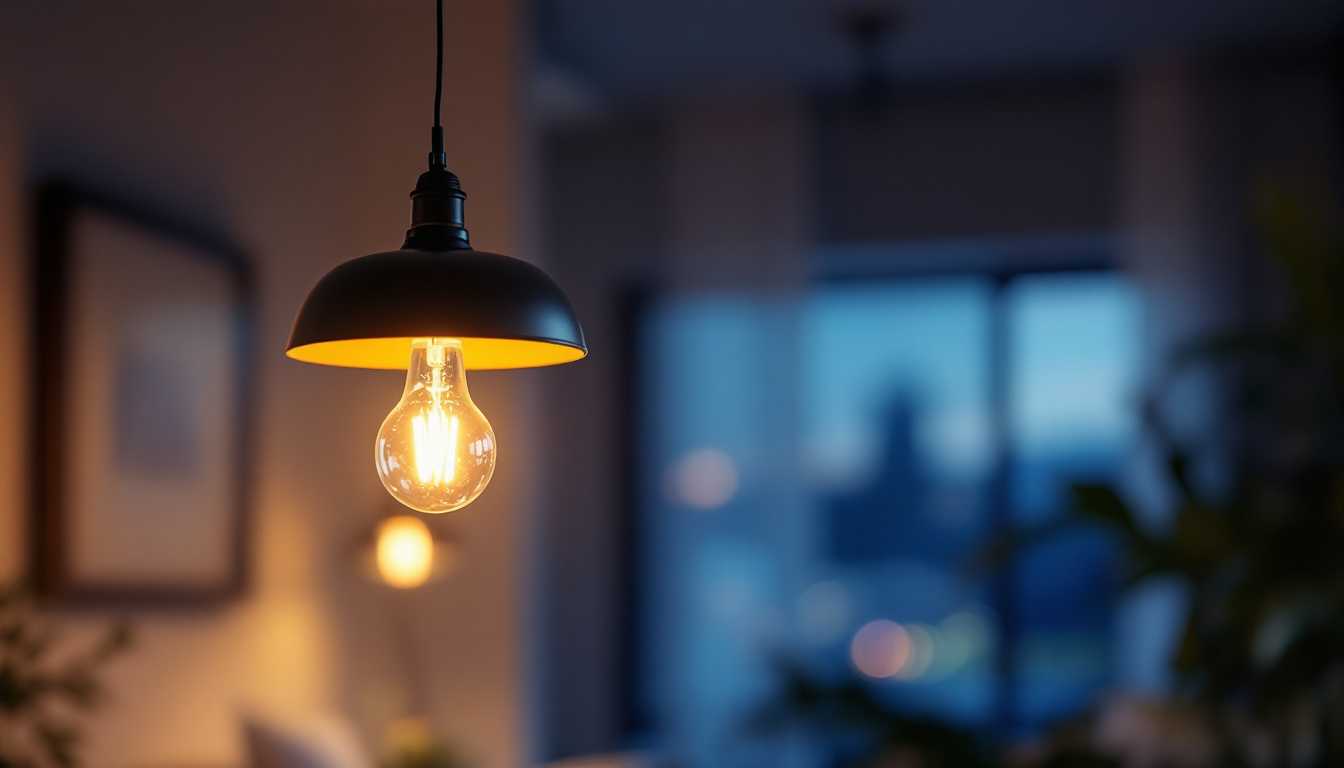
Outdoor LED motion sensor lights have become a vital component in modern lighting design, particularly for security and energy efficiency. As a lighting professional, understanding the intricacies of these fixtures can significantly enhance your projects. This article serves as an essential checklist, providing insights into the critical aspects of selecting, installing, and maintaining outdoor LED motion sensor lights.
LED motion sensor lights utilize advanced technology to detect movement and illuminate spaces accordingly. This not only enhances security but also contributes to energy savings by ensuring lights are only activated when needed. Understanding the underlying technology is crucial for lighting professionals to make informed recommendations to clients.
There are primarily two types of motion sensors used in outdoor LED lights: passive infrared (PIR) and microwave sensors. PIR sensors detect heat emitted by objects, making them effective for outdoor applications where the primary concern is human or animal movement. Microwave sensors, on the other hand, emit microwave pulses and can detect motion through objects, offering a broader coverage area.
Each type has its advantages and limitations. For instance, PIR sensors are generally more energy-efficient, while microwave sensors can be more sensitive and versatile. Understanding these differences will help in selecting the right sensor for specific applications. Additionally, some modern systems combine both technologies, providing a hybrid solution that maximizes detection accuracy and minimizes false alarms, catering to a wider range of environments and user needs.
LED technology has revolutionized outdoor lighting. Compared to traditional incandescent or fluorescent lights, LED fixtures offer longer lifespans, reduced energy consumption, and lower heat output. These benefits translate into cost savings for clients and less frequent replacements for lighting professionals.
Moreover, LEDs are available in various color temperatures, allowing for customizable lighting solutions that can enhance the aesthetic appeal of outdoor spaces. This flexibility is essential for meeting diverse client preferences and project requirements. In addition, many LED systems are now designed to be compatible with smart home technology, enabling users to control their lighting remotely via smartphone apps or voice commands. This integration not only adds convenience but also allows for advanced features such as scheduling and dimming, further enhancing the functionality and appeal of outdoor lighting installations.
When selecting outdoor LED motion sensor lights, several key features should be considered to ensure optimal performance and satisfaction. These features can significantly impact the effectiveness of the lighting solution and the overall experience for the end-user.
The detection range and angle of a motion sensor are critical factors that determine how effectively the light will activate. A sensor with a wider detection angle can cover larger areas, reducing the number of fixtures required for comprehensive coverage. Typically, a range of 30 to 50 feet is standard, but this can vary based on the specific model and manufacturer.
It’s essential to assess the layout of the area to be illuminated and choose fixtures that will adequately cover all necessary zones. Understanding the environment, such as potential obstructions like trees or walls, can help in selecting the right product. For example, if the installation site is surrounded by tall shrubs or fences, opting for lights with a higher mounting position can enhance the detection capabilities, ensuring that motion is detected even in less accessible areas.
Many modern outdoor LED motion sensor lights come with adjustable settings, allowing lighting professionals to customize the sensitivity, duration, and even the brightness of the lights. This flexibility can be particularly beneficial in environments with varying levels of foot traffic or wildlife activity.
For instance, in residential areas, a shorter duration setting may suffice, while commercial spaces might require longer activation times. Being able to adjust these settings can enhance user satisfaction and ensure that the lighting solution meets specific needs. Furthermore, some advanced models feature smart technology integration, allowing users to control settings remotely via smartphone apps. This capability not only adds convenience but also enables users to monitor their lighting systems in real-time, making adjustments as necessary based on changing conditions or usage patterns.
Outdoor lighting fixtures must withstand various weather conditions, including rain, snow, and extreme temperatures. Look for lights that have a high Ingress Protection (IP) rating, indicating their resistance to dust and moisture. An IP65 rating or higher is generally recommended for outdoor applications.
Additionally, consider the materials used in the construction of the fixtures. Corrosion-resistant materials, such as aluminum or high-grade plastics, can extend the lifespan of the lights and reduce maintenance costs over time. Moreover, some manufacturers incorporate UV-resistant coatings to prevent fading and degradation from prolonged sun exposure. This attention to durability not only ensures that the lights maintain their aesthetic appeal but also guarantees consistent performance throughout their operational life, providing peace of mind for users who invest in quality outdoor lighting solutions.
Proper installation of outdoor LED motion sensor lights is essential for optimal performance. Following best practices not only ensures that the lights function correctly but also minimizes potential issues in the future.
The placement and height of motion sensor lights can significantly affect their performance. Ideally, lights should be installed at a height of 8 to 10 feet to maximize the detection range while minimizing the risk of tampering. Additionally, positioning lights near entry points, driveways, and pathways can enhance security and visibility.
When determining the location, consider the surrounding environment. Ensure that the sensor is not facing direct sunlight or reflective surfaces, which could cause false activations. A well-planned installation can lead to a more effective lighting solution. Moreover, consider the natural landscape; trees, bushes, and other obstructions can interfere with the sensor’s ability to detect motion. By taking these factors into account, you can ensure that your motion sensor lights provide reliable coverage and enhance the safety of your property.
When installing outdoor LED motion sensor lights, ensure that the wiring and power supply are suitable for outdoor use. Use weatherproof connectors and conduit to protect against moisture and other environmental factors. Proper grounding is also crucial to prevent electrical hazards.
For solar-powered options, ensure that the solar panel is positioned to receive adequate sunlight throughout the day. This will ensure that the lights have sufficient power for nighttime operation. Understanding the power requirements of the fixtures will help avoid potential issues during installation. Additionally, consider the use of energy-efficient LED bulbs, which not only consume less power but also have a longer lifespan compared to traditional incandescent bulbs. This can lead to significant cost savings over time, making your outdoor lighting solution both eco-friendly and economical.
After installation, it is essential to test and calibrate the motion sensor lights. Walk through the detection area to ensure that the lights activate as expected. Adjust the sensitivity and duration settings as necessary to optimize performance based on the specific environment.
Regular testing and maintenance checks can help identify any potential issues early, ensuring that the lighting solution remains effective over time. Documenting these tests can also provide valuable information for future reference or client consultations. Additionally, consider seasonal adjustments; as foliage grows or environmental conditions change, recalibrating the sensors may be necessary to maintain optimal performance. This proactive approach not only enhances security but also ensures that the lighting system adapts to the evolving landscape of your property.
Maintaining outdoor LED motion sensor lights is crucial for ensuring their longevity and effectiveness. Regular maintenance can prevent common issues and prolong the lifespan of the fixtures.
Dust, dirt, and debris can accumulate on the lenses of motion sensor lights, reducing their effectiveness. Regular cleaning of the fixtures is essential to maintain optimal performance. Use a soft cloth and mild detergent to clean the lenses, avoiding harsh chemicals that could damage the finish.
Additionally, check for any obstructions that may interfere with the sensor’s detection capabilities. Trimming back foliage or relocating objects that could block the sensor can enhance functionality and ensure reliable operation.
Lighting professionals should be familiar with common issues that may arise with outdoor LED motion sensor lights. For instance, if the lights are not activating, it could be due to a misaligned sensor, low battery (in solar models), or a faulty connection. Regular inspections can help identify these problems early.
In cases where the lights activate too frequently or not at all, adjusting the sensitivity settings may be necessary. Understanding the environment and potential triggers for activation can also aid in troubleshooting.
As technology continues to evolve, lighting professionals should stay informed about the latest advancements in outdoor LED motion sensor lights. Upgrading to newer models with enhanced features, such as improved sensors or energy efficiency, can provide significant benefits for clients.
When replacing fixtures, consider the specific needs of the client and the environment. Offering tailored solutions can enhance customer satisfaction and establish a reputation for quality service.
Outdoor LED motion sensor lights are an essential element in modern lighting design, providing security, convenience, and energy efficiency. By understanding the technology, key features, installation best practices, and maintenance requirements, lighting professionals can deliver exceptional solutions to their clients.
Staying informed about advancements in technology and trends in the industry will further enhance the ability to provide tailored solutions. With the right knowledge and skills, lighting professionals can ensure that outdoor LED motion sensor lights not only meet but exceed client expectations.
Ready to elevate your lighting projects with the best in outdoor LED motion sensor lights? At LumenWholesale, we provide lighting professionals like you with the highest quality, spec-grade lighting products at unbeatable wholesale prices. Say goodbye to local distributor markups and hello to superior lighting solutions that fit your budget. Our extensive selection is designed to meet the highest industry standards, ensuring reliability and high performance for every installation. Plus, with free shipping on bulk orders, you can stock up on premium lighting without worrying about hidden fees or compromises. Don’t settle for less—choose LumenWholesale for quality, affordability, and convenience. Wholesale Lighting at the Best Value is just a click away.

Discover how hanging lantern lights can transform your space with their versatile and stylish designs.

Discover how choosing the right light bulb fixture can significantly enhance energy efficiency in your home.

Discover how hanging LED lamps can transform your space by enhancing safety and efficiency in lighting installations.

Discover how LED motion sensor lights are revolutionizing outdoor lighting for contractors.